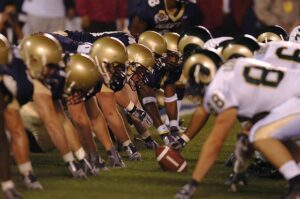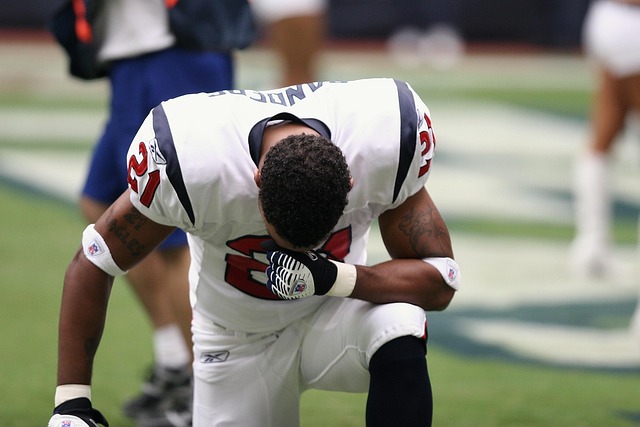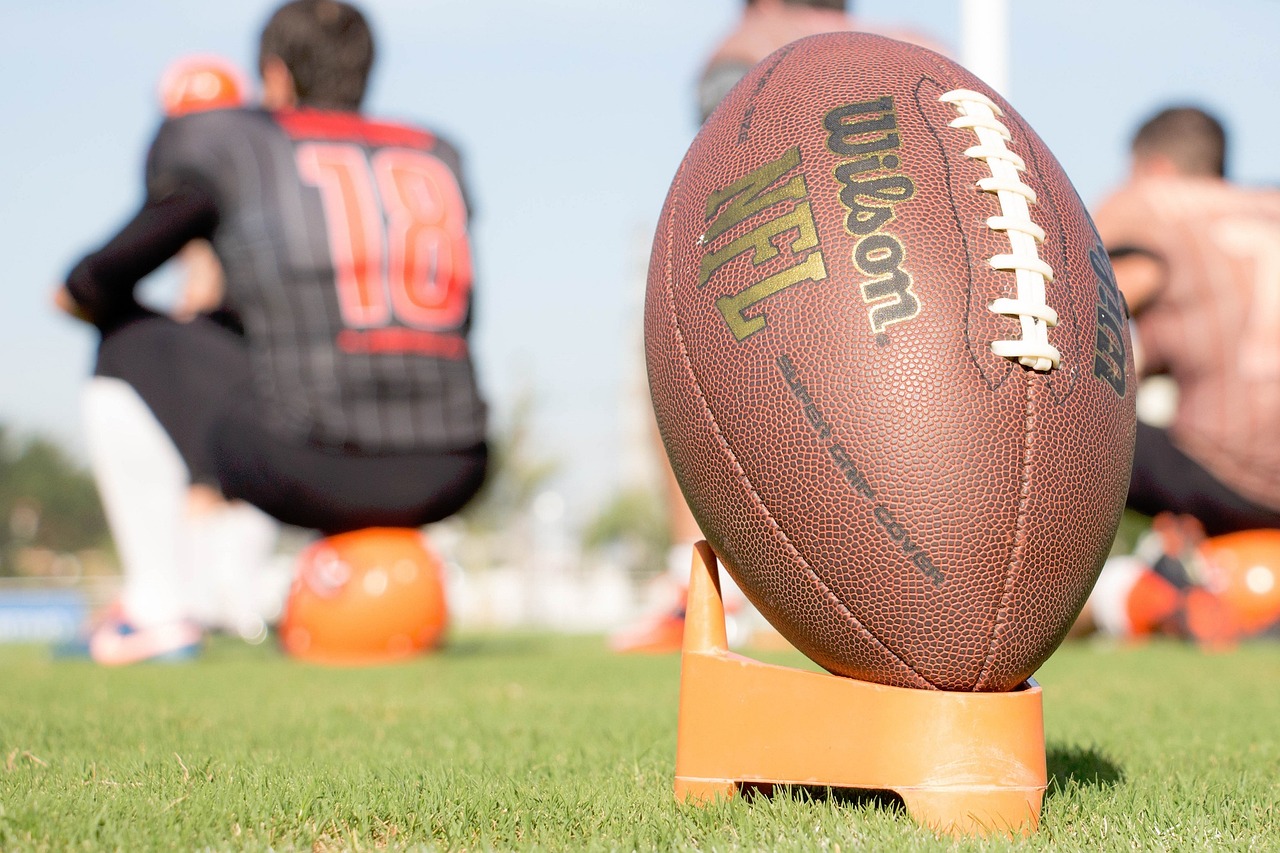When the NFL Draft rolls around, excitement fills the air. Teams are on a quest for their next star player, while fans hold their breath in anticipation. But what goes on behind the scenes? How do teams like port adelaide 2007 Football Club and Kansas City Chiefs decide who to pick and who to pass up?
The process is intricate, combining analytics with intuition and strategy with psychology. From evaluating college talent at the Scouting Combine to analyzing game film, each decision carries weight. Let’s find out how the magic happens and how teams set up their draft secrets to win the game.
The Scouting Combine: What Really Matters
 The Scouting Combine serves as a vital showcase for NFL hopefuls. Athletes undergo rigorous physical testing to measure speed, strength, and agility. These metrics hold significant importance for scouts and coaches. However, it’s not just about the numbers. The interviews play a crucial role in assessing a player’s mindset and personality. Teams want to know if prospects can handle pressure both on and off the field. Then there’s the medical evaluation. Injuries can derail promising careers before they even start. A clean bill of health is often more valuable than an impressive 40-yard dash time.
The Scouting Combine serves as a vital showcase for NFL hopefuls. Athletes undergo rigorous physical testing to measure speed, strength, and agility. These metrics hold significant importance for scouts and coaches. However, it’s not just about the numbers. The interviews play a crucial role in assessing a player’s mindset and personality. Teams want to know if prospects can handle pressure both on and off the field. Then there’s the medical evaluation. Injuries can derail promising careers before they even start. A clean bill of health is often more valuable than an impressive 40-yard dash time.
College Stats vs. “Game Tape” – What Scouts Watch
Evaluating college talent can’t start without the stats. They provide a snapshot of a player’s performance over a season. Touchdowns, yards gained, and tackles made paint an impressive picture on paper However, the true essence lies in game tape. Scouts dive deep into film analysis to uncover nuances that statistics can’t reveal. They examine footwork, decision-making under pressure, and how players react in real-game situations. Watching game tape allows scouts to see consistency beyond the numbers. It highlights instincts and instincts often separate good players from great ones. A quarterback’s ability to read defenses or a receiver’s route-running skills can’t be quantified easily.

The Psychology of Draft Day Trades
Draft day is a high-pressure environment. Teams feel the weight of their decisions as they navigate trades to secure their desired players. Emotions run deep, influencing choices that can shape franchises for years. General managers weigh risk versus reward constantly. They consider how much they’re willing to give up for an uncertain future star. The allure of top talent drives some teams into frenzy mode, leading to impulsive trades that may haunt them later. Bluffing and posturing are common tactics used to manipulate perceptions and drive up trade values. Knowledge about other teams’ needs becomes crucial—who’s desperate and who’s playing it cool?
Biggest Draft Steals & Busts of All Time
Throughout NFL history, the draft has produced both remarkable steals and unforgettable busts. Players like Tom Brady are iconic examples of how talent can slip through the cracks. Selected in the sixth round, he transformed into a seven-time Super Bowl champion. On the flip side, there are colossal disappointments like Ryan Leaf. Drafted second overall in 1998, expectations were sky-high. Unfortunately, injuries and off-field issues derailed his career early on. Another notable steal is Jerry Rice, who was chosen 16th overall in 1985. His unmatched work ethic and consistent performance set records that still stand today. The NFL Draft is a complex and multifaceted event. As franchises prepare for future seasons, they continue to refine their methods of assessing talent while navigating the unpredictable nature of drafting young athletes. Each decision made holds significant weight in shaping team dynamics for years to come.

